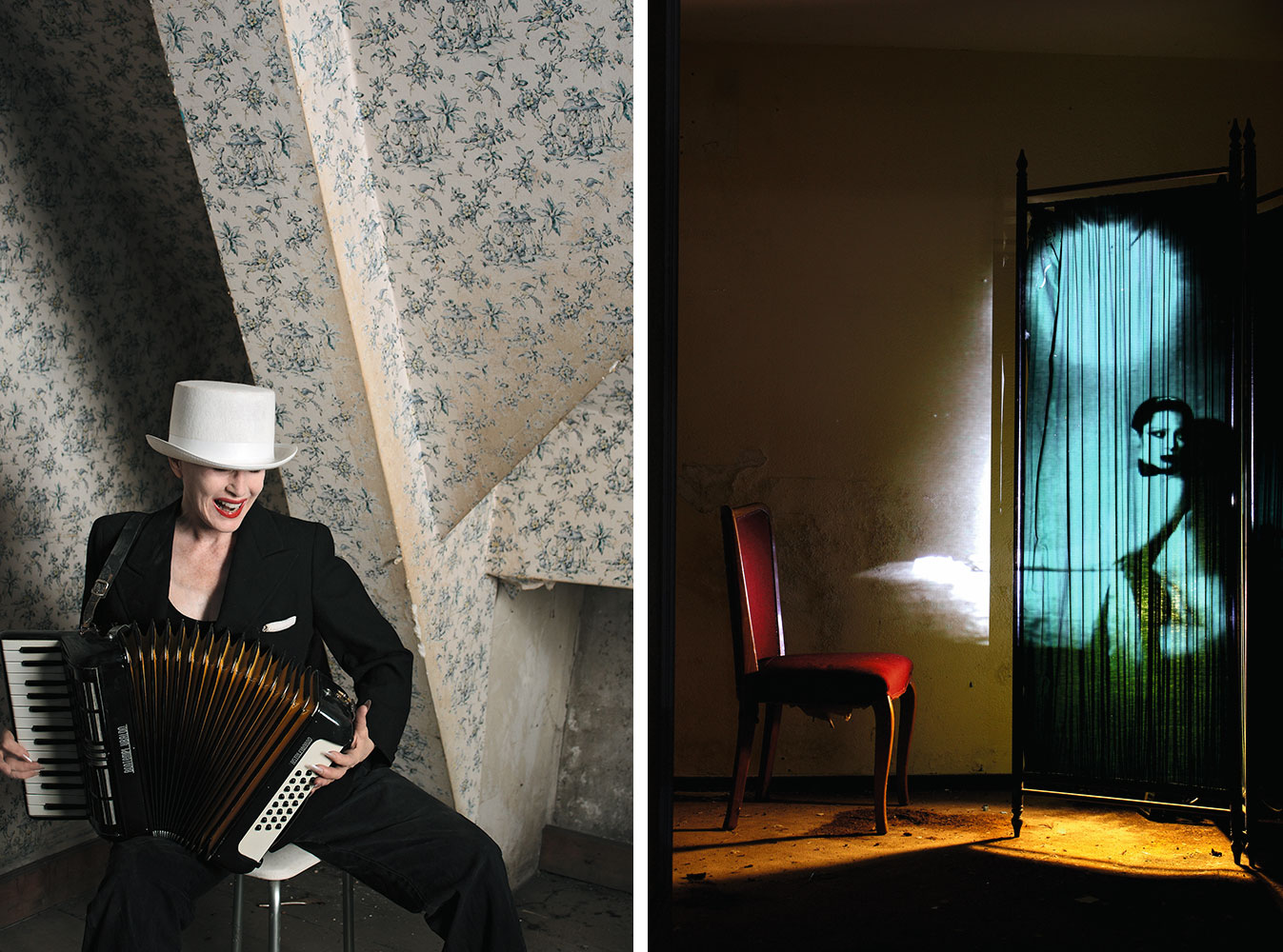PHOTO:Manon-La Dame Au Crâne Rasé
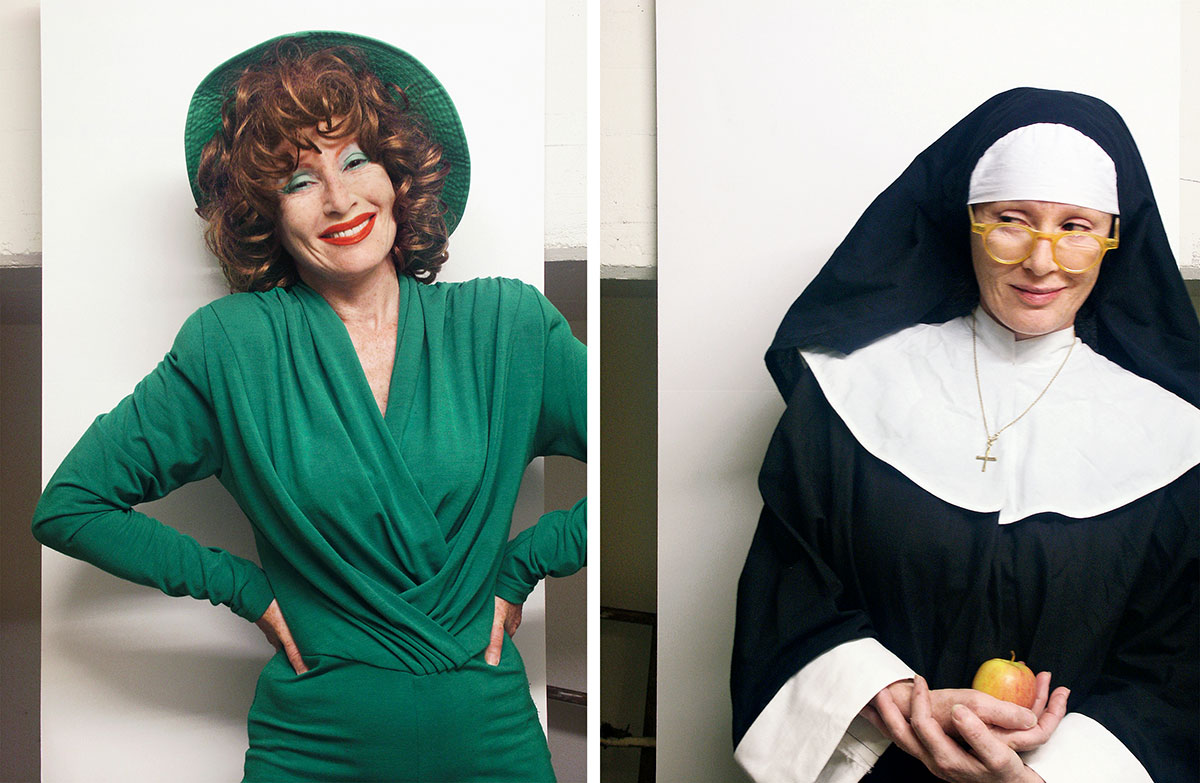 A trailblazer on the Swiss performance and art scene since the mid-1970s, Swiss artist Manon is a seemingly inexhaustible source of thought-provoking radical social commentary. The artist questions the multiple facets of the human being, witnesses the sexual revolution that accompanied the feminist movement of the 1970s, explores relations of domination and the question of gender.
A trailblazer on the Swiss performance and art scene since the mid-1970s, Swiss artist Manon is a seemingly inexhaustible source of thought-provoking radical social commentary. The artist questions the multiple facets of the human being, witnesses the sexual revolution that accompanied the feminist movement of the 1970s, explores relations of domination and the question of gender.
By Efi Michalarou
Photo: Fotostiftung Schweiz Archive
In the mid-1970s, Rosmarie Küng, a young Swiss artist gave herself the programmatic name “Manon”. She shook up the Zurich art scene with her appearances as a femme fatale, provocative performances and installations, in which she exhibited men in a shop window or presented her own bedroom, overflowing with lascivious décor, as a “Das lachsfarbene Boudoir” in a gallery. Manon is a scriptwriter, set designer, director and actress – but also a photographer. The exhibition “La dame au crâne rasé”, which was already planned for 2020 to mark Manon’s eightieth birthday and had to be postponed due to corona, pays tribute to an internationally groundbreaking body of work. It focuses on the artist’s photographic oeuvre, showing Manon classics alongside lesser-known works and combining early series with photographic tableaus from recent years. Born in 1940 in Bern, Manon lives and works in Zurich. The camera serves her as a tool to this day, in her work on self-presentations and still lifes. She delicately composes her images, makes references to art history and pop culture, and thematises existential issues and fears. Her photographic oeuvre constitutes a sequence of beauty and transience, led by “La dame au crâne rasé” , the legendary series from 1977/78. A unique assortment of prints from this series has been in the Fotostiftung Schweiz collection since 1982. This presentation of herself as an urban angel with a shaved head, who appears androgynous and sexy, vulnerable and yet untouchably cool, was the artist’s first group of photographic works to also attract international attention. Here, Manon questions concepts of femininity and uses photography firstly to reflect her search for identity and secondly as a means of interweaving individual images to create a loose narrative that leaves plenty of room for interpretation. In the photographic projects that followed, she took a more conceptual approach to visual composition, but maintained an underlying engagement with role patterns and lifestyles. Her early photographic works are shown in dialogue with her tableaus from the past two decades, so as to make visible the underlying themes and motifs that run through Manon’s imagery as common threads, and to shed light on her changing way of handling the camera. From among her well-known 1970s series, the exhibition includes “La dame au crâne rasé” alongside a selection from “Die graue Wand oder 36 schlaflose Nächte” and the large-format reinterpretation of “Elektrokardiogramm 303/304”. These classics are juxtaposed with works that were produced after a relatively long creative hiatus, from the early 1990s onwards: With “Künstler Eingang” (1990) and “Die Stickerinnen” (1990/2014), Manon sought a more distanced form of self-presentation, once again using painted backgrounds as she did in “Elektrokardiogramm”. The playful masquerade of the over-60-year-old woman in “Einst war sie Miss Rimini” (2003) led on to Manon’s preoccupation with age and transience, which was also behind her long-term project “Hotel Dolores” (2008–2011): Against the backdrop of crumbling spa hotels in Baden, the artist only appears now and then, like a phantom. Here, Manon practises disappearance by transferring the representation of herself to interior décor, props from her installations and performances, and references to her early photographs. In “Selbstporträt in Gold” (2012) and “Lippen” (2014), which are prominently placed in the exhibition, an unease that was already palpable beforehand comes to a head: beauty tips over into the artificial – the body becomes a disturbing sculpture. In order to also do justice to the installational nature of Manon’s oeuvre, the presentation of photographic works in this exhibition is complemented by objects and interventions, such as the time announcement from “Die gesammelten Ängste” (2015), and embedded in designed spaces. In addition, the SRF documentary “Manon – Glamour und Rebellion” by Lekha Sarkar is projected in an ancillary room at the exhibition.
Photo (Left& Right): Manon, From the series: She Was Once MISS RIMINI, 2003, © Manon / 2022, ProLitteris, Zurich
Info: Fotostiftung Schweiz, Grüzenstrasse 45, Winterthur, Zürich, Switzerland, Duration: 19/2-28/5/2022, Days & Hours: Tue & Thu-Sat 10;00-18:00, Wed 11:00-20:00, www.fotostiftung.ch

Right: Manon, From the series: Stillleben , 2017, © Manon / 2022, ProLitteris, Zurich
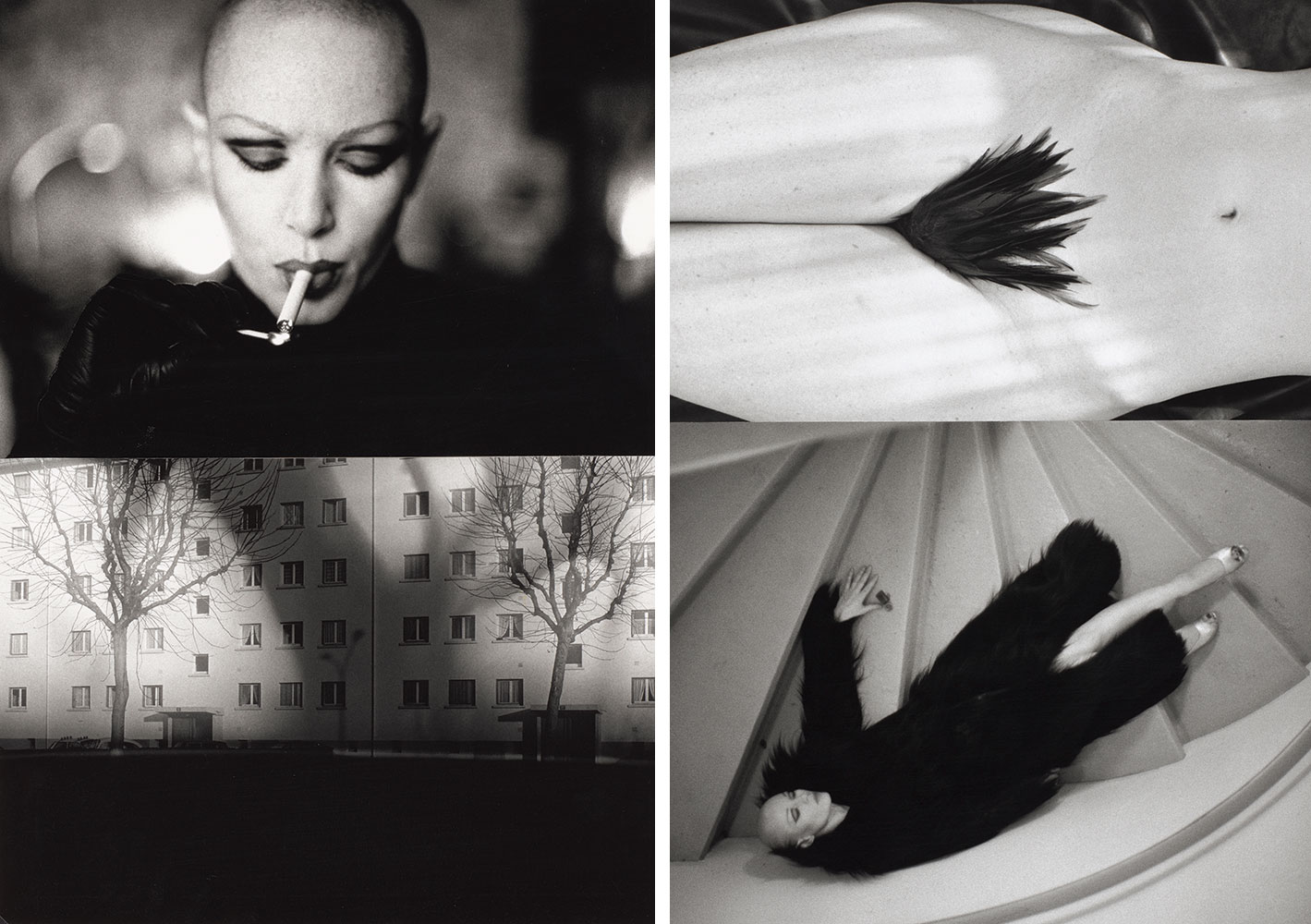
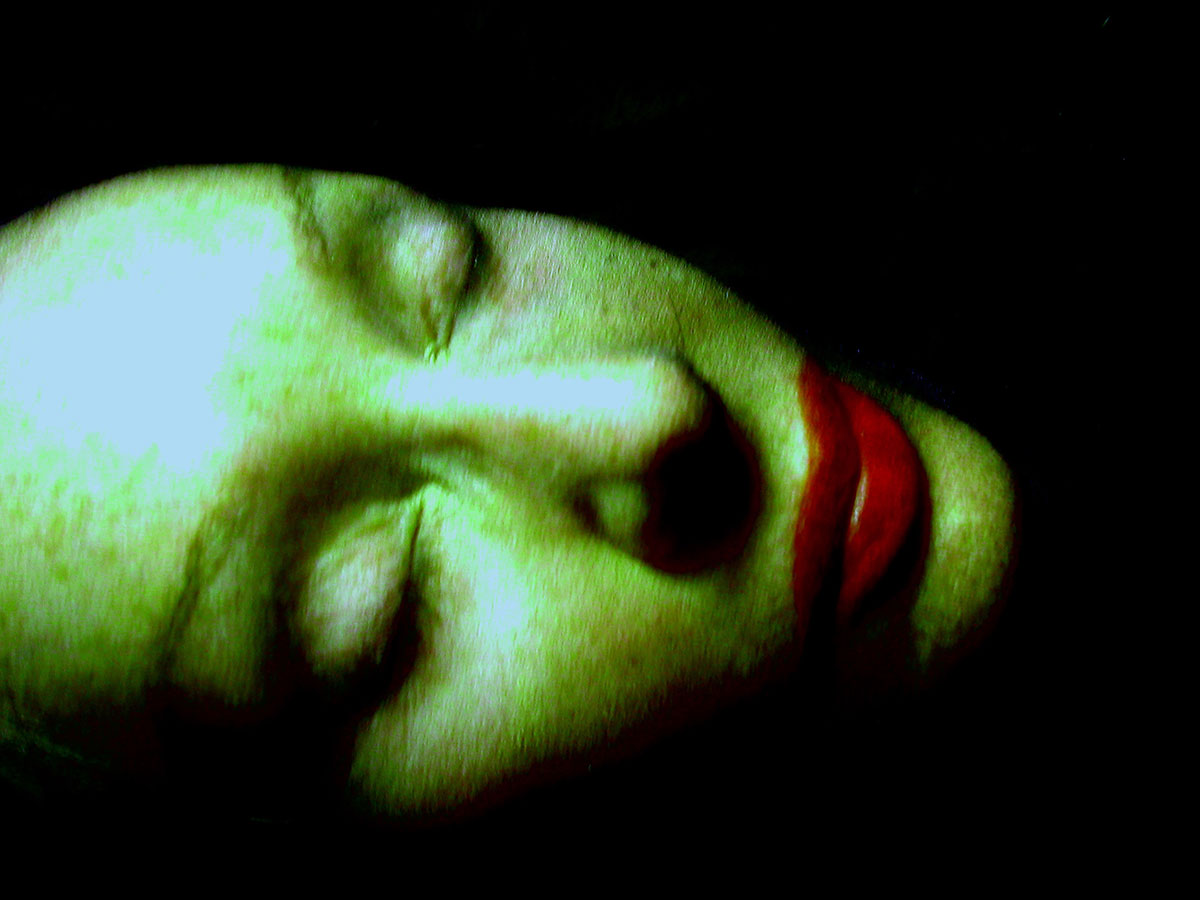
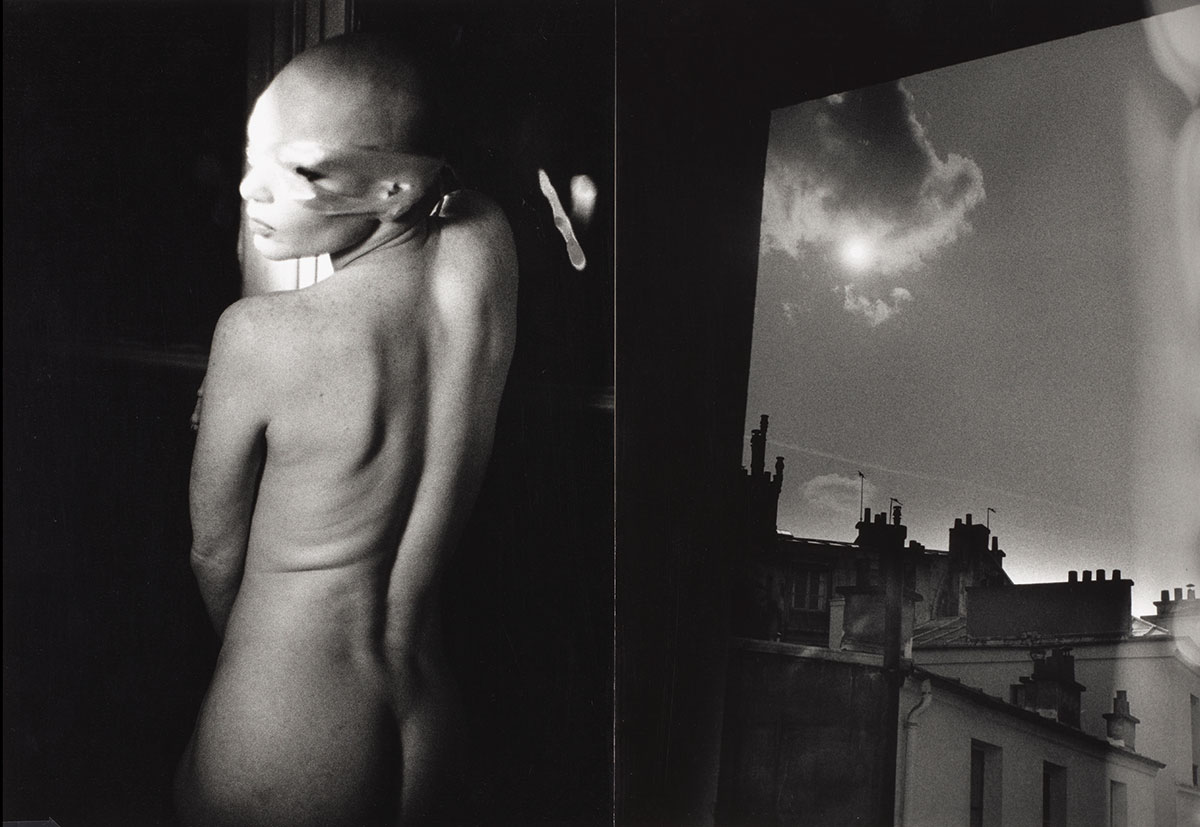
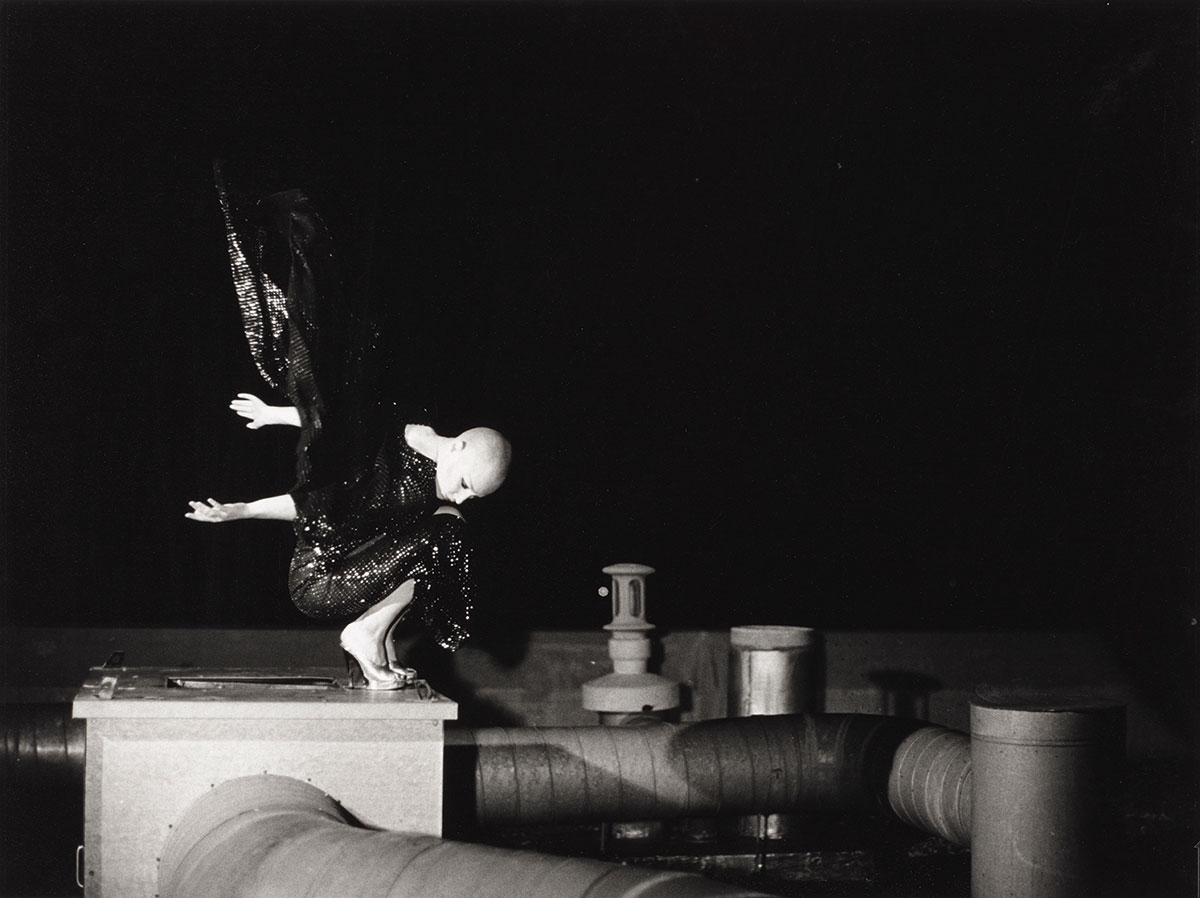
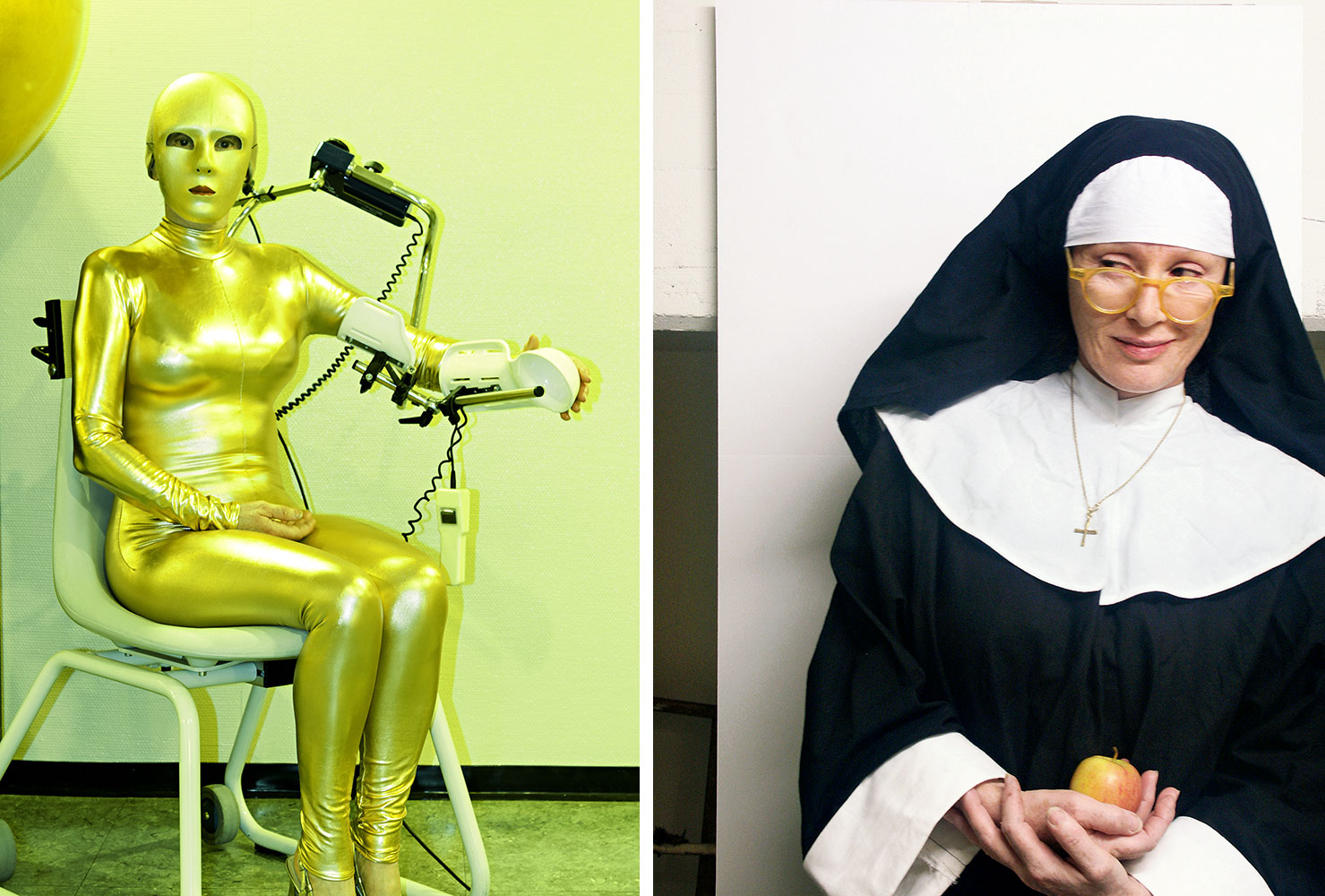
Right: Manon, From the series: She Was Once MISS RIMINI, 2003, © Manon / 2022, ProLitteris, Zurich
